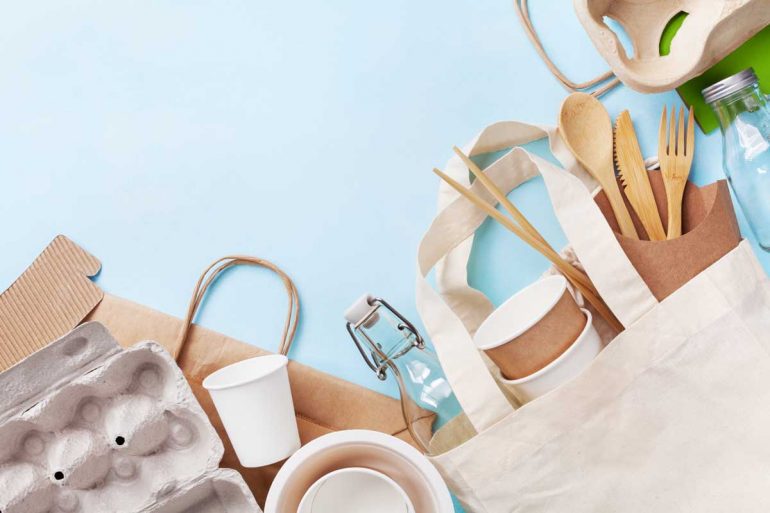Plastic pollution has risen fast to become one of the defining environmental issues of our generation. With the explosion of consumerism around the globe, disposable plastic bags are overwhelming the landfills and spilling over into the oceans.
The Curse of Single-Use Plastic
Though the production and use of plastic products took off in the post-war era, it has seen an explosion with the rise of globalisation in the past thirty years. However, this couldn’t last forever, and the convenience of our consumer culture has come back to haunt us, as plastic litter.
Plastics Clogging Up the Oceans
Plastic litter is gathered up by the rivers and carried down to the sea. Once in the ocean, they can stay in shallow coastal waters, or be carried out by the ocean currents. As ocean currents converge at certain points around the world, plastics from many different continents, gathered from years and years of consumerism, can accumulate into enormous zones of ocean rubbish. Plastic is buoyant and can be transported long distances in the surface waters of the ocean.
There are five plastic accumulation zones in the ocean, but the largest and most infamous of these is the Great Pacific Garbage Patch. This consists of millions of tonnes of plastic, spread across an amorphous zone of waste in the remote Pacific. Fed ever more plastic from the ocean currents, the zone is growing faster than it is shrinking.
Smaller Plastic, Bigger Problem
Drifting loose in the ocean, plastic waste is acted on by water, wind, and sunlight, which work to break down the plastics into smaller particles. These are known as microplastics.
Spread throughout the water and so small as to seem invisible, microplastics are difficult for marine wildlife to detect. Or if they are able to be detected, they may be covered in food residue, tempting animals into thinking the plastic is edible.
Accidentally swallowed, microplastics can build up in the stomachs of marine species as varied as birds, turtles, fish, prawns, and oysters. This list includes endangered ones on some of the most remote islands in the oceans, and edible species that are caught for human consumption.
How to Clean Up Our Oceans
Once it’s in the sea, it’s usually too late to clean up the plastic. While some solutions have been invented to collect the plastic pollution in the oceans, the easiest and most effective way to prevent pollution is to make sure the waste isn’t created in the first place. Some key ways to cut down on the use of plastic includes:
- Food cloths, especially those infused with oil or beeswax, to wrap food. This cuts down on the use of plastic cling film.
- Keep cups for takeaway coffee. This reduces the waste from coffee cups and lids.
- Reusable bags to carry groceries. This reduces the demand for plastic bags which are difficult to recycle.
Get a Free Quote
Contact Albury Enviro Bags for reusable bags that will cut down on plastic pollution.





